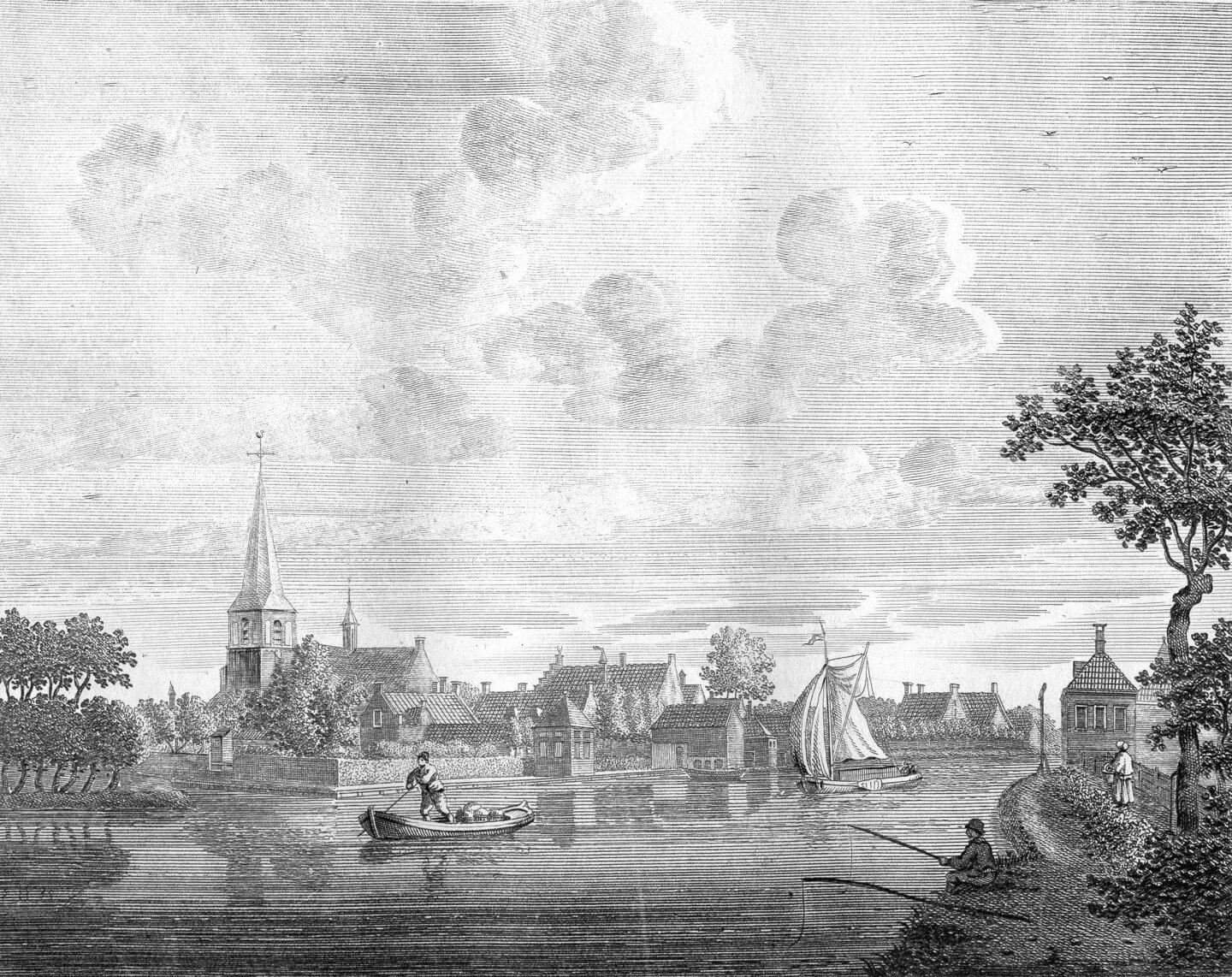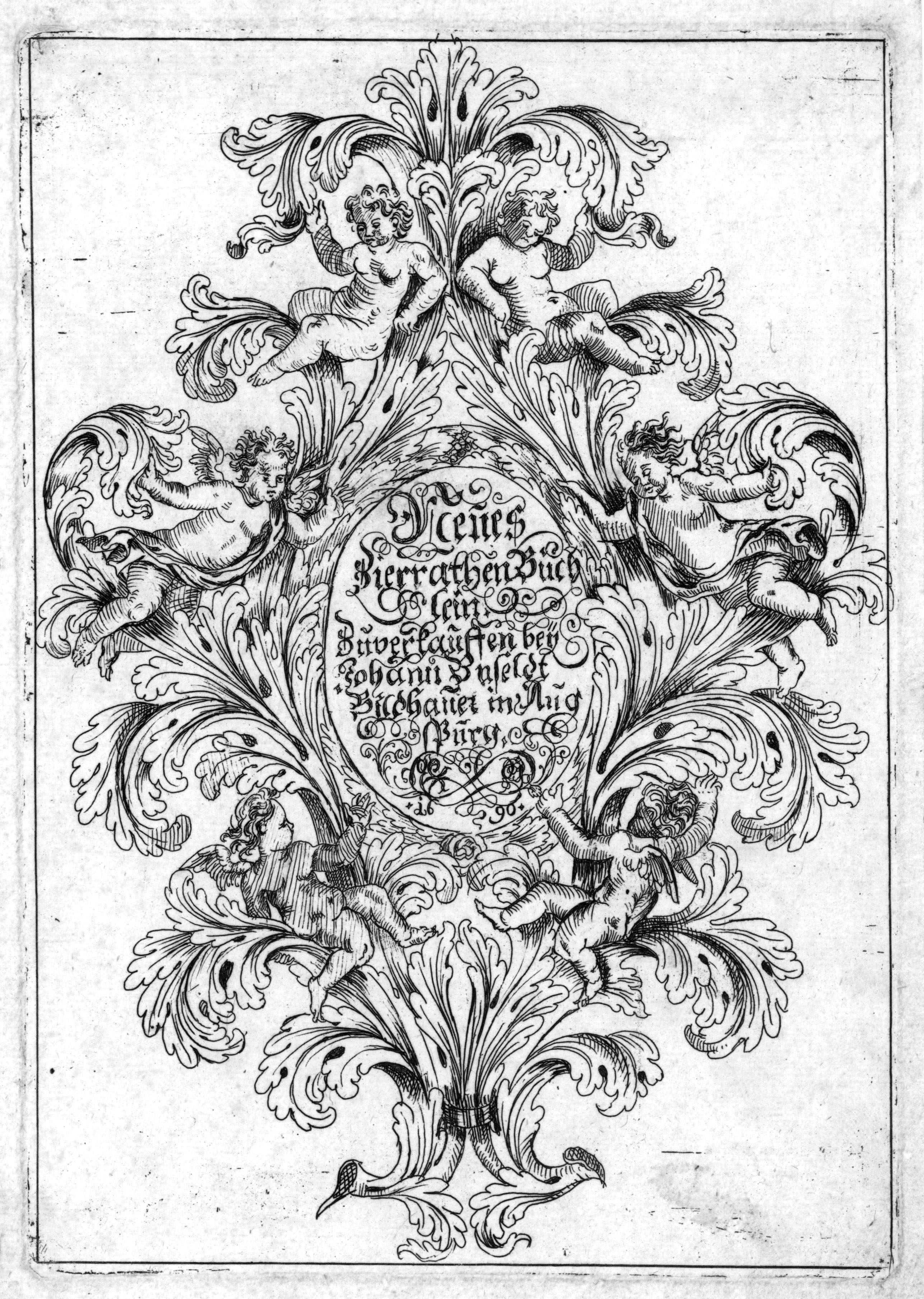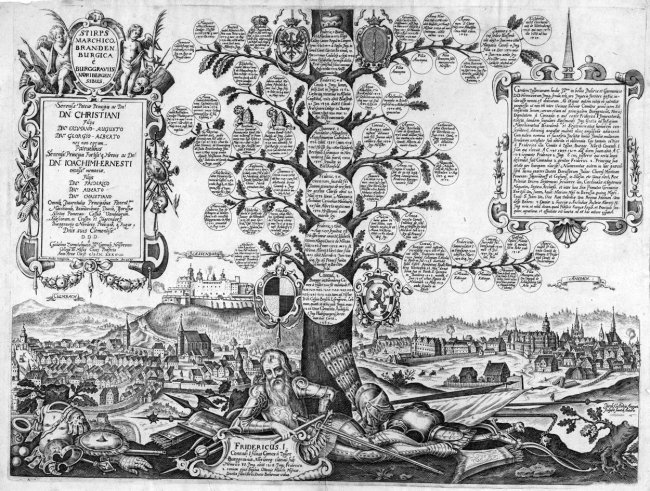Volume 105 of Hollstein German comprises eight minor printmakers of various times and places with a wide variety of subjects and quality.
Of none of them, more than 50 plates are known, much too few to represent a life’s work. Nonetheless, these are important additions to the knowledge of the sway artistic prints held over the vast amounts of images made in the 16th and 17th centuries. It was a ready technique that goldsmith’s used (Johann Georg Vischer, Clement Vogtherr) as well as painters (Hans Using, Christoph Vogel) and perhaps even cabinetmakers and other craftsmen. M. Vlizmayr’s name is only known to us by the single plate that carries it as a signature. Perhaps it should be read as Ulismayr but we simply don’t know for lack of further evidence.
Two larger œuvres are by Johann Unselt and Johann Jacob Vogel. Unselt’s charming ornament designs for several series of etchings bring a curious mix of doors, bedsteads, frames, and sledges that may have come useful for artisans working in wood. Perhaps he himself was mainly a cabinetmaker. Vogel’s book illustrations consist mostly of mediocre portraits as well as detailed and interesting cityscapes and depictions of battles. His illustrations for Manneson-Mallet’s description of the world are perhaps his best products.
With a successful career in Rome, Georg Vidmann is an outlyer in our catalogue. A famous work connected to his name is the huge map of the Eternal City printed from twelve plates by Giovanni Battista Falda. Vidmann contributed the extensive lettering to this magnificent image proudly signing “intaglio le littere.” But he was a competent mapmaker in his own right, too, as witnessed 16 years later, in 1692, by his large prints for the Mercurio Geografico for the same publisher Giovanni Giacomo Rossi.
Published in 2023
Compiler: Dieter Beaujean
Editor: Gero Seelig



